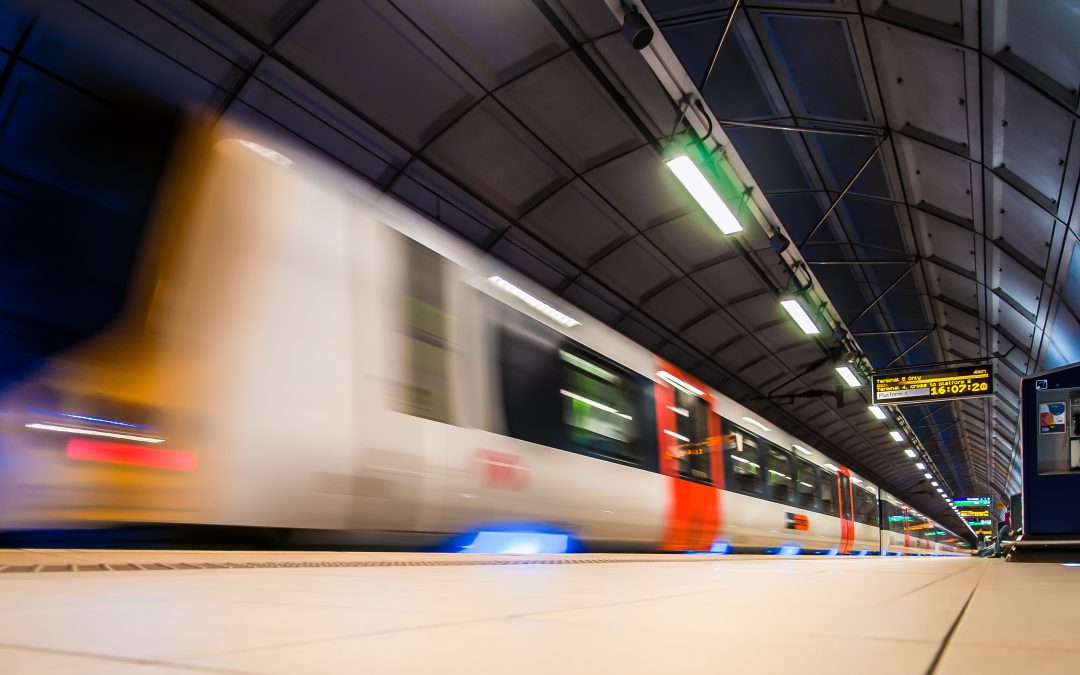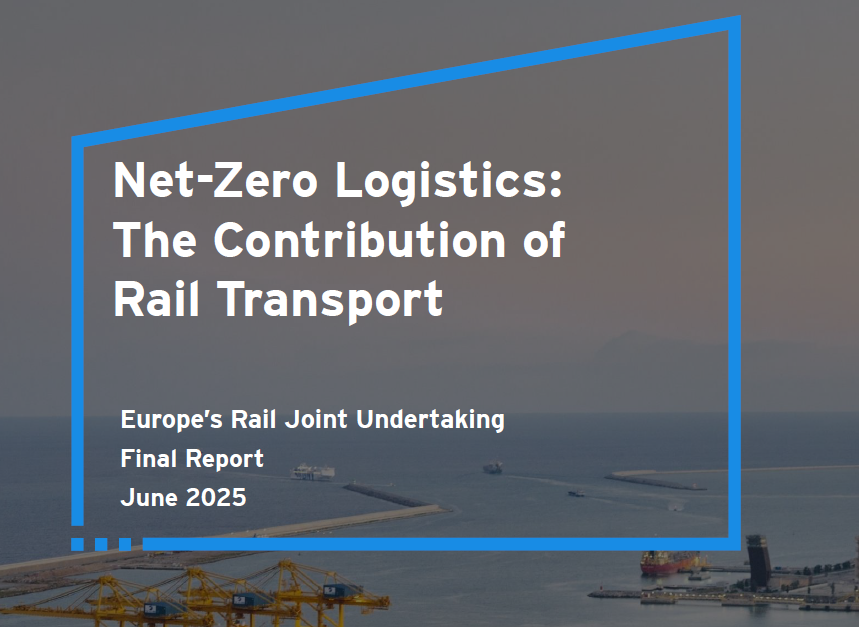FP1-MOTIONAL D2.4: Demonstration Strategy Flagship Project FP1-Motional explores solutions for the planning and...
Project Results on HVAC Units with Natural Refrigerants
Description: On the way of introducing the future generation of passenger trains, the Shift2Rail project, PINTA3, takes the step of implementing critical structural components, placing one focal point on eco-friendly Heating, Ventilation Air conditioning, and Cooling (HVAC) systems. It continues the simulation activities from PINTA2 by testing two HVAC units with natural refrigerants, comparing their impact on KPIs with those of conventional systems, and completing the pre-standardisation of the interfaces. The results are presented in this deliverable. It describes the technical specifications of the HVAC units with refrigerant CO2 and the tests carried out in the laboratory, in one-year commercial operation, and in the climate chamber, as well as their results in terms of thermal comfort, energy consumption, and reliability. It then documents the standardisation proposals for electrical and control interfaces, ready for implementation in European standards, and introduces those for mechanical interfaces.
Target audience: Rail Operators, Vehicle Suppliers, Railway Stakeholders
How it brings us closer to achieving better rail for Europe: Conventional HVAC systems with artificial refrigerants contribute to global warming and should therefore be reduced. However, problems arise not only from the long lifespan of rolling stock, but also from the costs and reliability of the implementation of these systems. New developments of alternative HVAC units with natural gases are needed for use in new vehicles and for the redesign of existing ones. As such systems need to be integrated into the vehicles, connected to the energy supply and control system, and maintained by railway operators, the knowledge and co-operation of different stakeholders is required. This deliverable combines all this and shows what is needed to achieve at least the same technical and LCC performance with eco-friendly HVAC systems. It makes a tangible contribution to reducing the energy consumption for air conditioning of passenger trains, which will save energy in the long term and extend the range of battery and hydrogen-powered trains. The pre-standardisation proposals enable an application in different vehicle classes and simple refurbishments. In the long term, the usage of such systems can be significantly increased in the railway sector, which not only protects the environment, but also makes European railways more cost-efficient, comfortable, and thus ready for intermodal and international competition.
More information on this topic: PINTA3
















